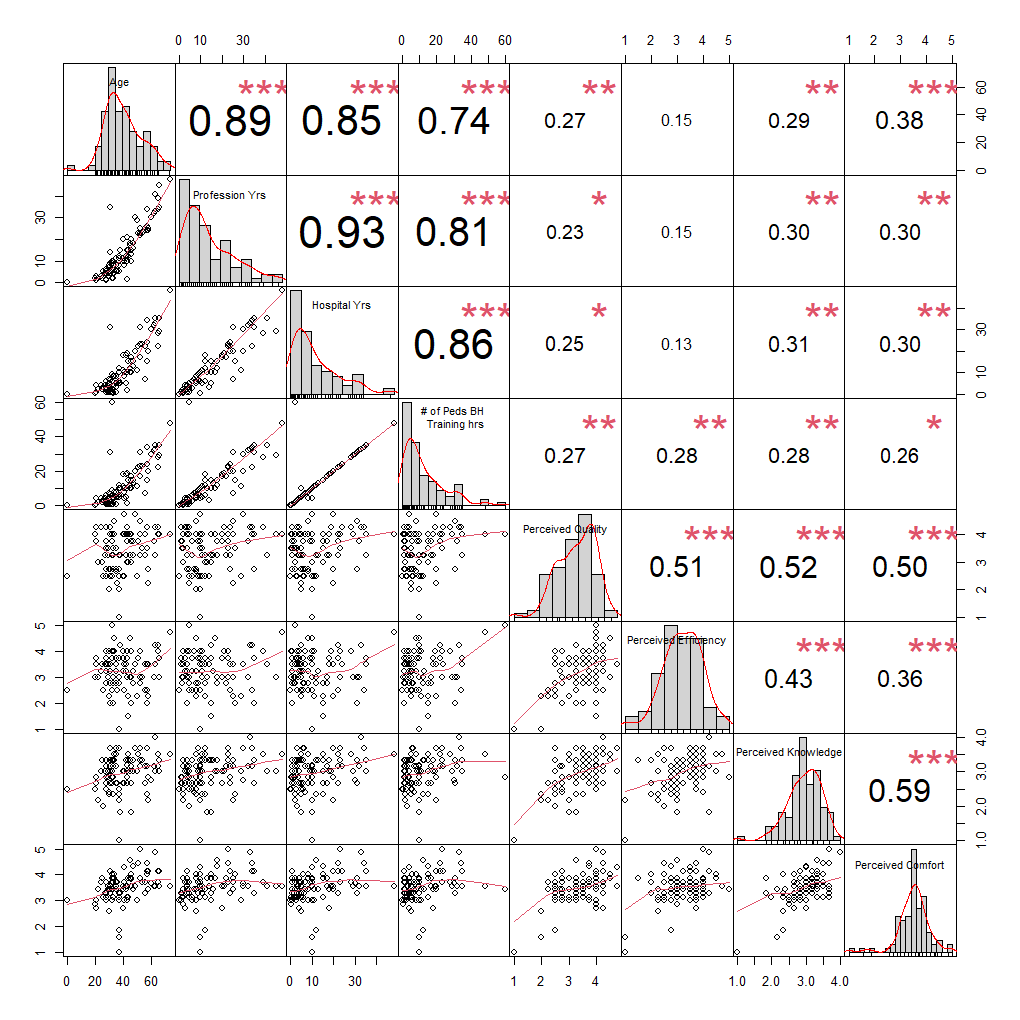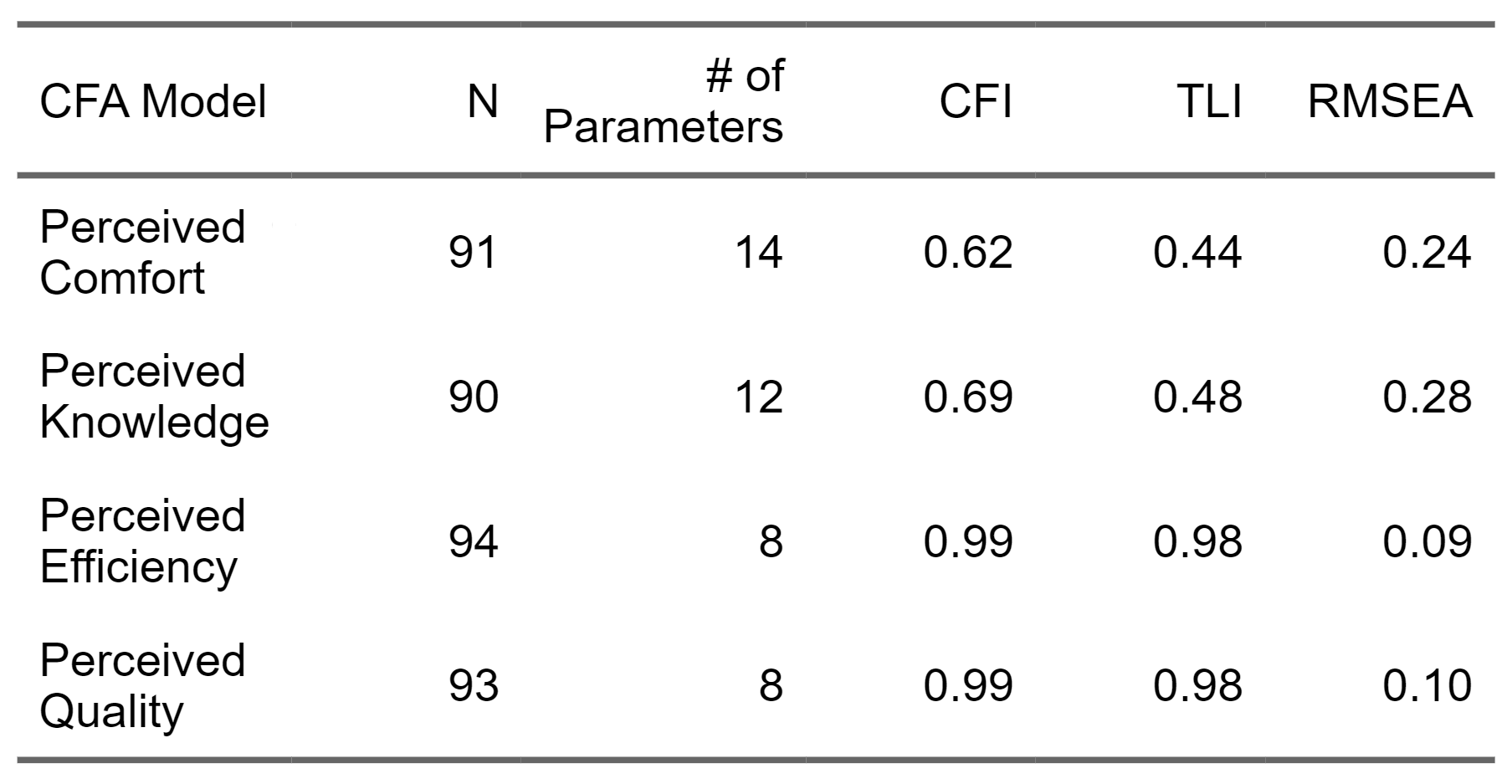Emergency Medicine 10
Session: Emergency Medicine 10
513 - Emergency Department Professionals' Perceptions of Pediatric Mental/Behavioral Health Management
Monday, April 28, 2025
7:00am - 9:15am HST
Publication Number: 513.4947
Carolyn E. Ievers-Landis, UH Rainbow Babies & Children's Hospital, Cleveland, OH, United States; Kimberly Burkhart, UH Rainbow Babies & Children's Hospital, Cleveland, OH, United States; Alba Pergjika, Ann & Robert H. Lurie Children's Hospital of Chicago, Chicago, IL, United States; Jennifer Zaspel, Medical College of Wisconsin, Milwaukee, WI, United States; David Kwitonda. Ngendahimana, UH Rainbow Babies & Children's Hospital, Cleveland, OH, United States; Shari Snyder Pollack, UH Rainbow Babies & Children's Hospital, Cleveland, OH, United States; Deanna Dahl-Grove, Case Western Reserve University School of Medicine, Cleveland, OH, United States

Carolyn E. Ievers-Landis, PhD
Staff Psychologist
University Hospitals Cleveland Medical Center/Case Western Reserve University School of Medicine
Cleveland, Ohio, United States
Presenting Author(s)
Background: The prevalence and psychiatric acuity of youth presenting to the Emergency Department (ED) with mental/behavioral health (MBH) concerns has increased in recent years, which presents major management challenges in screening and treatment.
Objective: The first objective was to investigate the multivariable relationships of characteristics of ED professionals and children’s hospital site with perceived pediatric MBH screening and management. The secondary objective was to gather initial validity data on an ED provider perceptions measure.
Design/Methods: E-mails with RedCap surveys were sent to Administration for Strategic Preparedness and Response (ASPR) Region V for Kids grant project managers/PIs at nine sites; each partner institution recruited internally. Participants reported demographic and professional characteristics. Perceptions were gathered via a 22-item measure using a Likert scale: 1 (disagree), 2 (somewhat disagree), 3 (neutral/NA), 4 (somewhat agree), 5 (agree) with four subscales: quality, efficiency, knowledge, comfort.
Results: Participants were 95 ED staff, primarily pediatric emergency medicine (EM) physicians (52%), followed by nurses (30%), social workers (6.6%), certified nursing assistants (5.5%), advanced practice providers (4.4%), an EM response professional (1.1%) and psychiatrist (1.1%). 71% were female, 26% male, 2.2% non-binary. Race or ethnicity was White (79%), Black or African American (3.2%), Hispanic/Latino (2.1%), Asian (5.3%), Biracial (6.3%). Age was 37 (32,48), years in the profession were 11 (5,23) with 8 years at the hospital and 9 (4,18) annual hours of pediatric MBH training [median (25%,75%)]. Site related to comfort (p=.0009) and quality (p=.008). Pediatric MBH training related to all four subscales: perceived quality (r=0.27), efficiency (0.28), knowledge (0.28)(all p’s <.01), and comfort (0.26; p<.05) (Figure 1). A hierarchical linear model controlling for site found that training was significantly related to perceptions (Table 1). A confirmatory factor analysis indicated that efficiency and quality of the hospital’s MBH screening/management had the best fit statistics; the lowest was comfort (Table 2).
Conclusion(s): Perceptions of ED professionals regarding management of pediatric MBH symptoms varies across children’s hospitals. Greater pediatric MBH training was associated with higher ratings overall. These findings highlight the need for educating prehospital personnel, EM physicians, and other staff on MBH topics. Further refinement and validation of this perception measure is recommended.
Figure 1: Correlation Analyses
 Provider age, years in the profession, years at the hospital, and number of pediatric training hours are highly correlated. Number of pediatric training hours was chosen for the multivariable analyses because of being a modifiable factor that is significantly correlated with all four perception subscales.
Provider age, years in the profession, years at the hospital, and number of pediatric training hours are highly correlated. Number of pediatric training hours was chosen for the multivariable analyses because of being a modifiable factor that is significantly correlated with all four perception subscales.Table 1: Fitting Hierarchical Linear Models
.png) Models predicting ED provider perceptions of the quality, efficiency, knowledge, and comfort of screening and managing pediatric mental/behavioral health (MBH) symptoms. Controlling for children's hospital site, annual number of MBH training hours is a statistically significant predictor in all four models.
Models predicting ED provider perceptions of the quality, efficiency, knowledge, and comfort of screening and managing pediatric mental/behavioral health (MBH) symptoms. Controlling for children's hospital site, annual number of MBH training hours is a statistically significant predictor in all four models.Table 2: CFA Model Fit Statistics
 Confirmatory factor analysis (CFA) model fit statistics for the four ED provider perceptions subscales, including the comparative fit index (CFI), Tucker-Lewis index (TLI) and the root mean square error of approximation (RMSEA). A good fit is when the CFI and TLI are both greater than 0.90 and the RMSEA is less than 0.08.
Confirmatory factor analysis (CFA) model fit statistics for the four ED provider perceptions subscales, including the comparative fit index (CFI), Tucker-Lewis index (TLI) and the root mean square error of approximation (RMSEA). A good fit is when the CFI and TLI are both greater than 0.90 and the RMSEA is less than 0.08.
